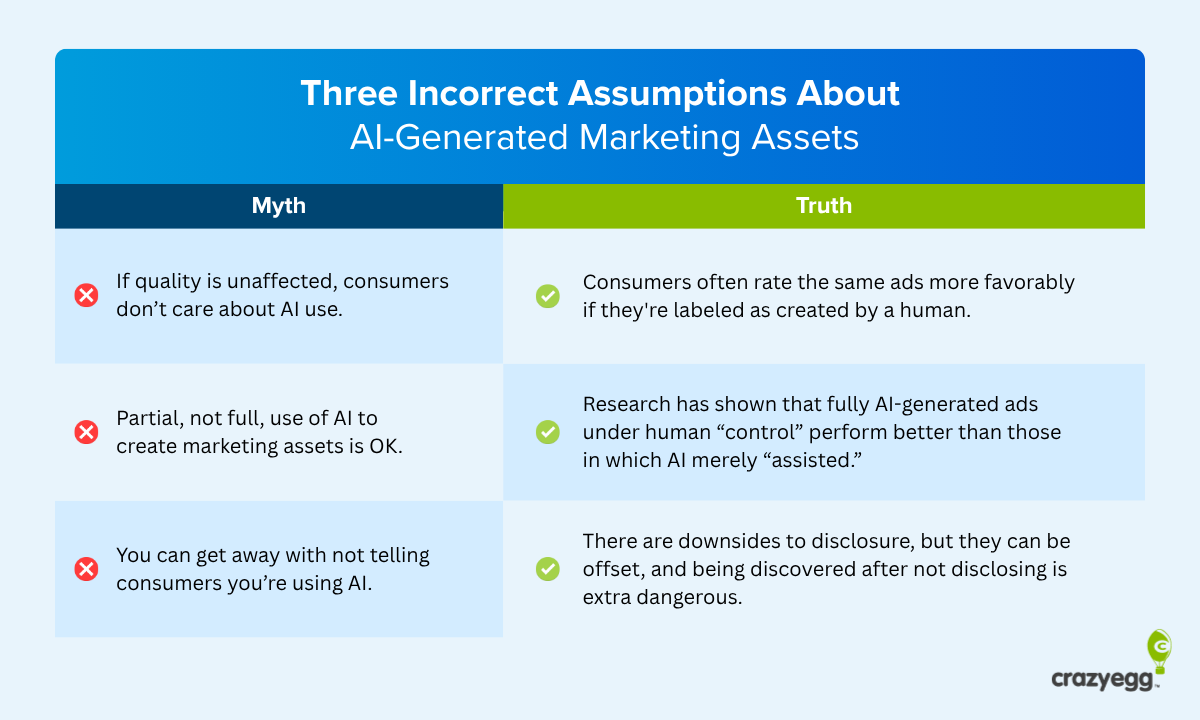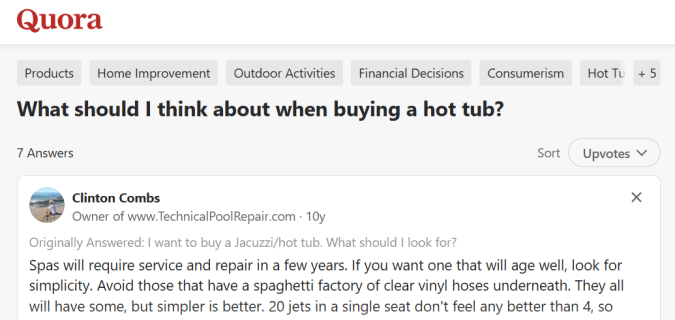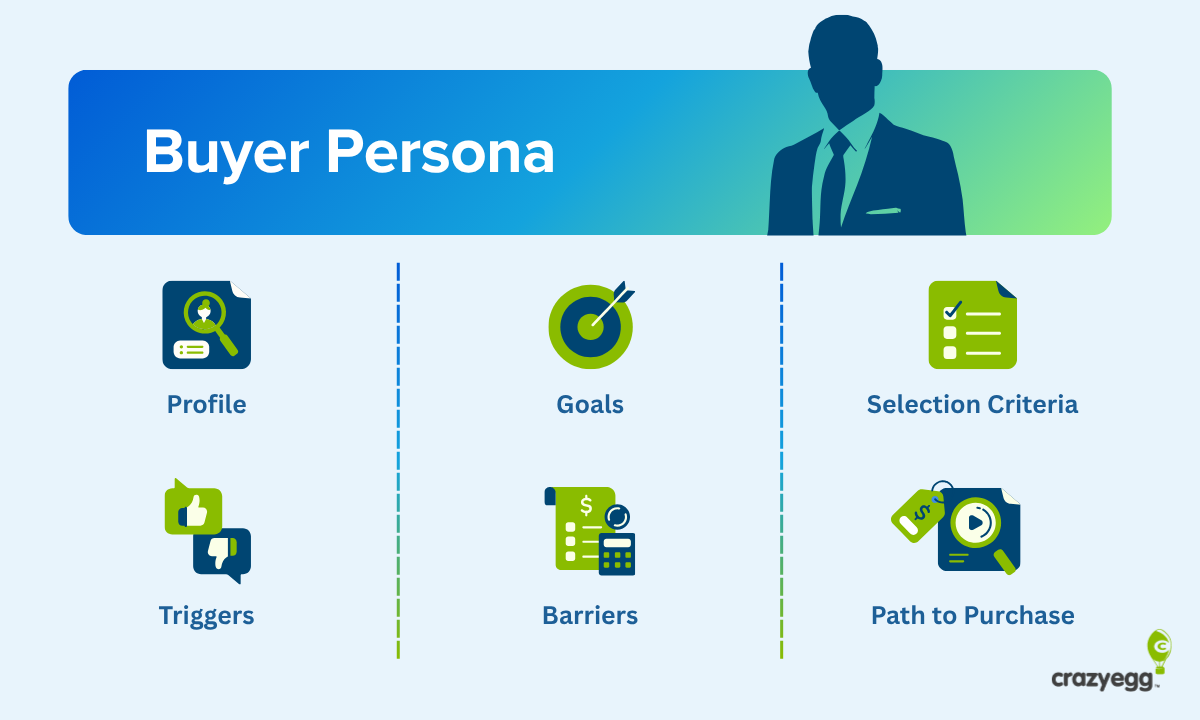Have you ever felt like brands are talking at you instead of to you?
Today’s audiences expect more than a generic message. They want relevance, recognition, and real connection. That’s where marketing personalization comes in.
When done well, personalized marketing turns data into meaningful experiences with tailored content, timely offers, and product suggestions that feel intuitive, not intrusive. But it isn’t just about using someone’s name in an email. It’s a strategic shift that requires the right data, tools, and mindset.
In this guide, we’ll break down the core elements of effective marketing personalization and how you can get started.
What Is Marketing Personalization?
Marketing personalization is the practice of tailoring messages, content, and offers to individual customers based on their preferences, behavior, and data instead of treating everyone the same. It’s a shift from broad segmentation to individualized experiences that feel more relevant and human.
At a basic level, it might look like adding someone’s name to an email subject line or outreach message.
More advanced personalization uses browsing history, past purchases, or real-time behavior to recommend products, update website content, or trigger timely messages across channels.
The goal is to create marketing that feels like a conversation, not a broadcast.
How Marketing Personalization Works (and Why It Matters)
Personalized marketing works because it taps into something deeply human: the desire to feel seen and understood.
When people encounter content that reflects their interests or behavior, it creates a sense of recognition and relevance, which our brains are wired to respond to.
It also reduces decision fatigue. When faced with endless options, personalized experiences cut through the noise, making it easier for people to take action.
And that’s why personalization matters.
It leads to:
- Stronger engagement
- Higher conversion rates
- Better customer experiences
Personalization also drives long-term loyalty. Customers who feel understood are more likely to stick with your brand. Better targeting and less wasted spending deliver stronger ROI, giving you a competitive edge in a market where generic just doesn’t cut it anymore.
Types of Personalized Marketing (With Real-World Examples)
Marketing personalization shows up in many forms. From subtle touches to full-scale customized experiences.
Here are some of the most common types, along with real-world examples to bring them to life.
Content Personalization
Content personalization dynamically changes on-site or in-app content based on user behavior, preferences, or demographics. This allows brands to show different headlines, products, or visuals depending on who’s visiting.
Many platforms like Netflix, Spotify, and social media customize the content you see in your feed based on your history and preferences, using algorithms to predict what you’ll click on.
However, websites can also integrate a layer of personalization into their content before a user logs in to experience the product.

Email Personalization
Email personalization involves tailoring email content based on subscriber data, behavior, and preferences, going far beyond using someone’s first name in the subject line.
When done well, it creates more relevant, timely messages that feel like they were written for one person, not a list.
Marketing and sales teams use personalization to improve open rates, click-throughs, and conversions by adapting emails to where someone is in the journey.
Common personalization techniques include:
- First name in subject line or greeting
- Product or content recommendations based on clicks
- Cart or browse abandonment follow-up emails
- Dynamic images or offers based on user segment
- Time-based sends (e.g., “good morning” emails sent at 8 am)
Many AI tools are being developed to allow personalized email at scale. For example, Potion is a platform that creates personalized video emails for outbound sales. These videos auto-insert the recipient’s name, logo, and context-relevant messaging, making cold outreach feel much warmer and more human.

Ad Personalization
Ad personalization involves delivering tailored ads based on a user’s interests, behaviors, or demographics, often through remarketing, predictive targeting, or lookalike audiences. The goal is to show people what’s most relevant to them, not just what you want to promote.
One of the most common forms is remarketing, where users see ads for products or pages they’ve previously viewed.
This keeps your brand top-of-mind and can re-engage potential customers who didn’t convert on the first visit.
But personalized ads walk a fine line. When done poorly (like showing the exact product someone looked at for weeks on end or including private details like their name), they can feel invasive or even unsettling.
Tips to avoid creepy ad personalization:
- Limit ad frequency to avoid overexposure
- Use broader category-level messaging when retargeting
- Respect platform context (e.g. avoid ultra-personal messaging on public sites)
- Rotate creatives to keep the experience fresh
- Always provide easy opt-outs or ad settings
When thoughtfully personalized, ads can feel helpful (not stalkerish) and enhance the customer journey instead of disrupting it.
Product Recommendations
Personalized product recommendations use customer data to suggest relevant products based on past purchases, browsing behavior, or declared preferences. It helps shoppers discover what they actually want, often before they know it themselves.
One example is Mecca’s Skincare Quiz, which invites customers to share details about their skin type, tone, preferences, and goals.

This opt-in data can fuel highly personalized product suggestions across their website, email campaigns, and ads.
Opt-in personalization like this builds trust.
Customers feel in control of their experience and are more likely to engage with ongoing marketing, from curated newsletters to loyalty offers and product launches that reflect their preferences.
How to Build a Personalization Strategy That Feels Human
Personalization doesn’t need to be overwhelming or robotic. Whether you’re just getting started or refining your current approach, the key is to focus on meaningful moments that make your marketing feel more like a conversation and less like automation.
Here’s how to do it right, step by step.
1. Audit Your Current Touchpoints
Before adding anything new, take stock of where personalization already exists within your sales and marketing efforts (and where it could be added or improved).
Review your website, emails, ads, product pages, and support interactions.
Are there obvious points where a tailored message or experience could improve the journey? Look for friction or missed opportunities, especially where generic messaging is being sent to very different audiences.
For example, you might find that your email welcome series sends the same message to first-time buyers and loyal repeat customers, missing an opportunity to tailor messaging based on purchase history.
2. Collect the Right Data (and Only What You’ll Use)
More data doesn’t always mean better personalization.
Focus on gathering information you can actually act on, such as:
- Purchase behavior
- Content engagement
- Quiz responses
Mix in qualitative sources too (like reviews, live chat transcripts, and surveys). These can reveal intent and preferences that quantitative analytics alone can miss.
For example, if customers frequently ask about sizing in your chatbot, you can use that insight to create a “fit finder” that personalizes product suggestions and reduces returns.
3. Segment Before You Individualize
Start by grouping users based on shared characteristics like purchase history, location, or lifecycle stage.
Segmentation allows you to test messaging variations and refine your approach before diving into one-to-one personalization at scale.
For example, a SaaS company might send different onboarding emails to users on a free trial, those in enterprise plans, and those who haven’t logged in yet, all based on simple segment logic.
4. Start Small With Meaningful Wins
You don’t need to overhaul your entire strategy overnight. Add personalization where it has an immediate impact, like in:
- Onboarding flows
- Thank-you pages
- Follow-up emails after a product view
This keeps things manageable while giving your audience a noticeably better experience.
For example, a small ecommerce store might start by adding the customer’s first name and last purchased item to order confirmation and re-engagement emails, making even automated messages feel more thoughtful.
5. Optimize and Scale With the Right Tools
Use automation platforms and CRM tools to deliver personalization consistently across channels. Some popular options to consider include:
- Klaviyo: Offers dynamic content blocks, predictive analytics, and real-time customer behavior tracking to personalize email, SMS, and onsite experiences for ecommerce brands.
- HubSpot: Lets you build personalized workflows, smart calls to action, and segmented content across email, landing pages, and chat (all within a unified CRM and automation platform).
- Segment (by Twilio): Acts as a real-time customer data platform (CDP) that unifies data from all channels to enable more accurate and consistent personalization across tools.
- Salesforce Marketing Cloud: Uses AI-powered personalization and automation to deliver tailored content journeys across email, ads, mobile, and web. It is especially strong for enterprise use.
- Optimizely: Empowers marketers to A/B test and personalize web experiences in real time based on behavior, location, device type, or referral source.
- Dynamic Yield: Enables granular targeting and real-time personalization of website content, product recommendations, pop-ups, and emails based on user behavior and affinities.
- Customer.io: Allows for highly targeted, event-triggered messaging across email, push, and SMS with robust segmentation and behavior-based flows ideal for SaaS and product-led growth teams.
But don’t set and forget. Monitor performance, test new variations, and stay curious about what’s working. Personalization isn’t static; it should evolve with your audience.
What’s Next for Marketing Personalization
As marketing personalization matures, it’s becoming more than a tactic. It’s a cornerstone of brand trust and customer experience, especially for younger audiences who expect relevance and respect.
For example, Gen Z and Millennials want personalization that feels empowering, not manipulative. They prefer opt-in experiences like quizzes or style profiles and expect a clear value exchange for sharing their data.
They’re also drawn to discovery through platforms like TikTok, not hard-sell algorithms. Brands that co-create (inviting them to vote on product drops or engage via chat) win more loyalty.
At the same time, AI and automation are unlocking personalization in new ways.
Real-time recommendations, chatbot flows, personalized subject lines, and even dynamic content are easier than ever to deliver, but only when grounded in intentional data strategy.
Five key trends shaping the future include:
- Zero-party data over third-party data: Customers are more willing to share data directly with you when they’re in control, making quizzes, preferences, and polls essential inputs for personalization.
- Conversational personalization: SMS, DMs, and AI assistants allow for one-to-one experiences that feel helpful and human, not just automated.
- Personalized video content: Brands are starting to scale video personalization, like walkthroughs with your name, plan, or pain points built in.
- Hyperlocal targeting: From city-specific promos to real-time inventory nearby, local relevance is becoming a huge differentiator, especially for ecommerce and service businesses.
- B2B personalization at scale: Account-based marketing has evolved. Expect more company-specific journeys that rival B2C in quality, tone, and timing.
And with emerging tech (like wearables, voice, and biometric inputs) on the horizon, the future of personalization will be even more contextual.
But it must also be ethical, privacy-first, and customer-led to be effective. Marketing personalization isn’t about being clever. It’s about being considerate. The brands that do it well will feel less like marketers and more like partners.






